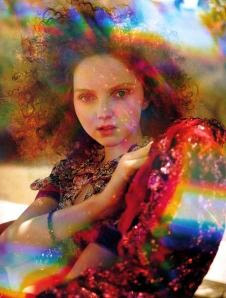Why animal prints have never gone out of fashion?
For my Garden Project, I wanted to do wildlife, and Animals is a major part of wildlife, and from that Animal print came in my mind which has never and, arguably, will never go out of fashion simply because it reminds us of a time when, as hunter-gatherers, we would envelop and adorn ourselves in the warmth and wonder of genuine exotic skins.
Fashion has embraced this deep-seated connection with animal style prints and clothes and accessories remain crafted from these beautiful skins into such art pieces as ostrich handbags, crocodile belts and snakeskin purses to this day.
Pattern synergy
It is also the remarkable synergy of the patterns on genuine zebra skins, for instance, that make it enduringly popular and glamorous. And these pelts aren't only used in their traditional appearance.
More and more trendy stores are catering for the alternative in society, offering animal print clothes and accessories that have been dyed bright pinks, greens, blues and oranges, adding versatility to an already exciting combination of patterns and colours.
Even couches, ottomans and other furniture look particularly impressive in exotic skin print and, if history is anything to go by, animal print will join the irrepressible in our society and never, ever go out of fashion. Animal print became really popular for women during the hippie movement.
http://en.wikipedia.org/wiki/Animal_print
Article Source: http://EzineArticles.com/2114915
 |
| Juicy Couture - Zebra inspired collection |
 |
| Louis Vuitton Zebra Collection |




































